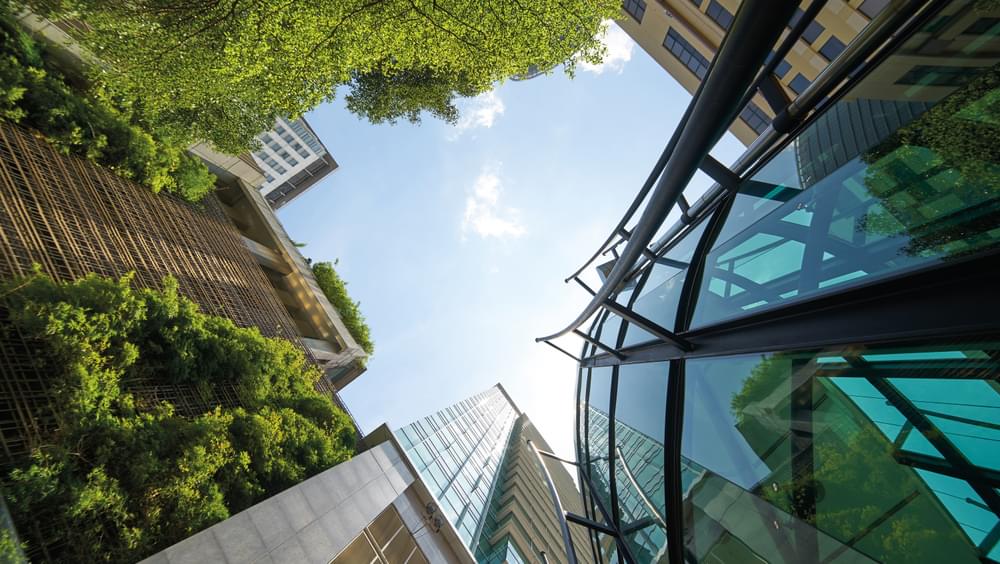Traditionally, measures of sustainability on building projects – for example BREEAM1 and LEED2 have been based on a very specific and prescriptive set of “environmental” criteria – energy use, water consumption and even proximity to public transport.
Recent years have seen a growth in other types of certification – more focussed on occupiers and human health and wellbeing rather than just environmental performance, for example the WELL and Fitwel standards in relation to wellbeing and WiredScore for IT connectivity and resilience.
However, the effectiveness and value of these forms of certification is under question. Why?
Performance Gap
A building may achieve a BREEAM “Excellent” rating which can be – in some cases – more than five years out of date before the building is delivered to the market.
There is an increasing body of research that suggests that actually there is little difference between the energy consumption of some “environmentally” certified buildings and buildings without certification. The argument that certification makes buildings more sustainable is not necessarily supported by the data (although it is helpful to have some common building standards for measuring sustainability). However, whether they drive higher environmental performance in buildings is questionable.
This “design for compliance” approach has led to a performance gap between how a building is designed and how it operates in practice. This is pushing some third party certification organisations to gather more data on operational buildings and look to potentially recertify older buildings (how much better is a BREEAM 2018 ”Excellent” building that an “Excellent” BREEAM 2011 building?)
In the UK, the Better Buildings Partnership is promoting the Design for Performance (DfP) initiative to try to bridge the performance gap between how buildings are designed and how they perform in practice and we are now beginning to see this introduced on new development schemes in Central London.
A number of trends are driving a new approach to thinking about building sustainability.
Technological Disruption
Firstly technology - disruption to building technology is coming from outside of the real estate industry – driven by the likes of Google and Apple as well as apps and mobile devices to measure personal health and exercise, but also technology to control your environment from your phone. You can already control the temperature of your home from your phone – so why not your immediate office environment and also use that information to help monitor the performance of the building you are in?
Imagine a building with sensors which monitor where people are at any time of day and can save energy by turning off lights or reducing the cooling in those areas.
The RESET building standard – which also focusses on health and wellbeing and particularly on indoor air quality - uses real time monitoring to gather data on a building’s performance.
Holistic Approach
There is a growing recognition that consideration of sustainability needs to be more holistic and less prescriptive. For example The Crown Estate’s Development Sustainability Principles recognise that sustainable buildings are “places where people want to be, where our customers are more successful, and where we improve the environment around us” and a move to delivering against a wider set of outcomes (rather than more narrow measures of simply building performance).
This is also reflected in corporate reporting – a number of real estate companies (particularly listed property companies) now report against sustainability – whether that be environmental, social or corporate governance.
What next?
Although we are unlikely to see the demise of building certification just yet, there is certainly a move in the market from designing for compliance to a better assessment of actual building performance. At the same time , a more holistic view of sustainability – rather than purely environmental performance – but the wider social and community impact of buildings is becoming more important at a corporate level, not just in relation to reporting but how the value of real estate assets are measured.
This, coupled with technological disruption from outside of the construction and property industry in terms of real time information, which can be shared with other building users, about the actual performance of a building– air quality etc. may mean that in the near future the environmental performance will be judged not by the design team but by the building occupants.
Gardiner & Theobald is at the forefront of this research and delivery of sustainable buildings for their clients.





